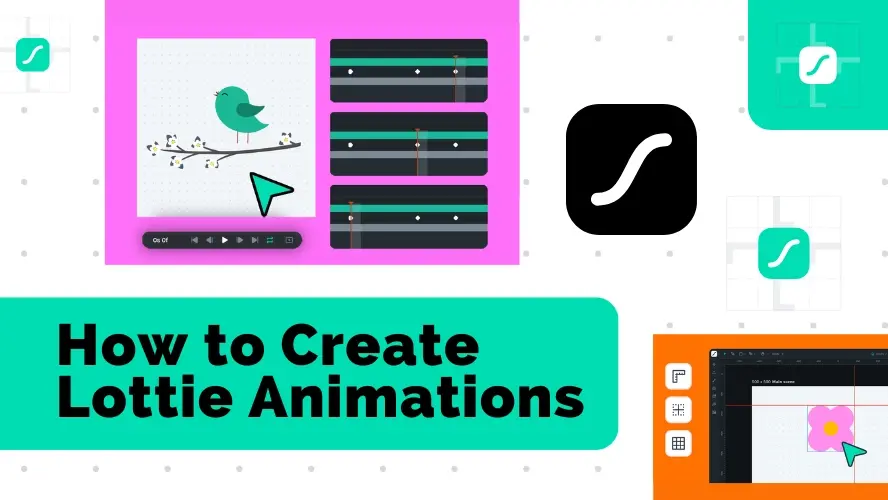Lottie animations have become a staple in modern UI/UX design, offering a dynamic and engaging way to enhance user experiences. These vector-based animations can be easily integrated into various platforms, making them a versatile choice for designers and developers. In this comprehensive guide, we'll delve into the process of creating Lottie animations, from initial design to final implementation.
Step 1: Design Your Animation
The first step is to envision the animation you want to create. This involves:
- Brainstorming
Determine the purpose of the animation. Is it to educate, entertain, or guide users? Consider the overall message or goal you want to convey. What story do you want to tell through the animation?
- Sketching
Create rough sketches to visualize the keyframes and transitions. This will help you get a sense of the overall flow and timing of the animation. Pay attention to the movement of objects, the pacing of transitions, and the overall composition.
- Defining the Style
Decide on the animation's style, such as flat, 3D, or cartoonish. The style should complement the overall tone and purpose of the animation. Consider the target audience and the platform where the animation will be used when making your decision.
- Choosing Colors
Select a color palette that aligns with your brand and the overall aesthetic. Colors can evoke emotions and create a specific mood. Ensure that the color palette is consistent with your brand guidelines and complements the style of the animation.
Step 2: Create the Animation in the Editor
There are several animation editors that are perfectly designed to create Lottie's animation, however, here's a breakdown of the process of creating the animation:
- Setting Up the Project
Create a new project and adjust the settings to match your desired resolution and frame rate. Ensure the resolution and frame rate are appropriate for the platform where the animation will be used. This will help optimize the animation for performance and ensure it looks its best.
- Importing Assets
Import your sketches, images, or other assets into the animation editor. Organize your assets in a way that makes them easy to find and manage. Consider creating folders or naming conventions to keep your project organized.
- Creating Layers
Create layers for each element of your animation, such as backgrounds, characters, and text. Layers help you manage and manipulate different elements of the animation independently. This makes it easier to make changes and adjustments without affecting other parts of the animation.
- Animating Layers
Use keyframes to control the movement, opacity, rotation, and other properties of each layer. Keyframes define the starting and ending points of an animation. By setting keyframes at different points in time, you can create smooth and dynamic animations.
- Adding Effects
Apply effects like blurs, glows, and distortions to enhance the visual appeal. Effects can add depth, interest, and visual style to your animation. Use effects sparingly and ensure they complement the overall aesthetic of the animation.
- Exporting as Lottie
Once your animation is complete, export it as a Lottie JSON file. The Lottie JSON file contains all the necessary information about your animation, including layers, shapes, effects, and timing data. This file can then be easily integrated into various platforms and frameworks.
Step 3: Using Lottie in Your Project
Lottie animations can be integrated into various platforms and frameworks. Here are some common approaches:
Web Development
- JavaScript Libraries: Use libraries like Lottie-Web or Lottie-React to embed Lottie animations directly into your web pages.
- CSS: For simpler animations, you can create Lottie animations using CSS and JavaScript.
Mobile App Development
- Native Platforms: Integrate Lottie animations into iOS and Android apps using native libraries.
- Cross-Platform Frameworks: Frameworks like React Native and Flutter offer built-in support for Lottie.
Design Tools
Some design tools, such as Figma and Sketch, have plugins that allow you to directly import and edit Lottie animations.
Which Lottie Animation Editors to Use?
The Lottie Animation Editors are essential tools for creating dynamic and engaging animations. These editors allow you to design, animate, and export Lottie JSON files, which can then be integrated into various platforms. Whether you're a professional animator or a beginner, there's a Lottie animation editor out there to suit your needs.
Adobe After Effects
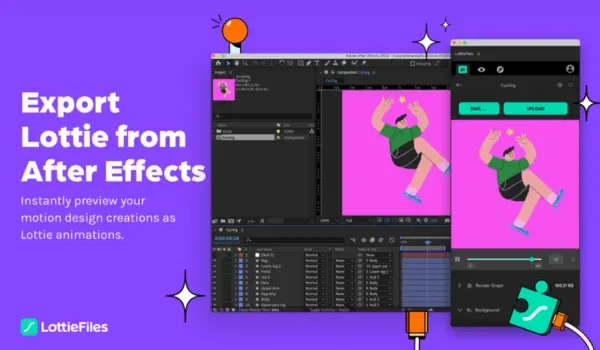
Advantages
Disadvantages
Figma
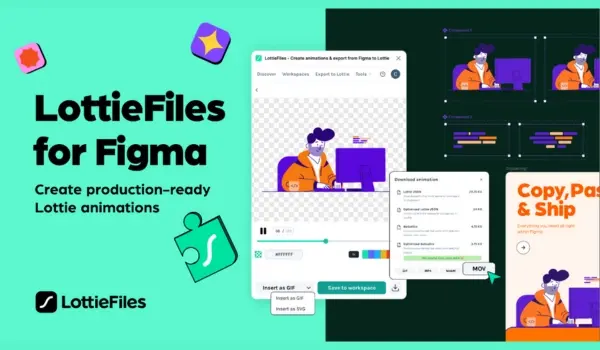
Advantages
Disadvantages
Lottie Creator
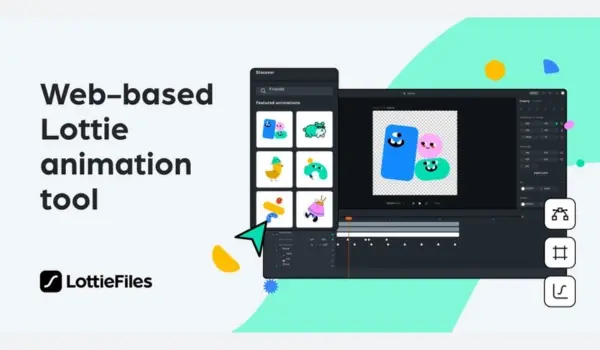
Advantages
Disadvantages
Key Features Differences Summarized
| Feature | Adobe After Effects | Figma | Lottie Creator |
|---|---|---|---|
| Complexity | Advanced | Intermediate | Simple |
| Features | Extensive | Good | Basic |
| Ease of use | Difficult | Easy | Very easy |
| Cost | Paid | Free (with limitations) | Free (Pro plan available) |
| Platform | Desktop | Cloud-based | Web-based |
| Lottie integration | Built-in | Built-in plugin | |
| Primary focus | Complex animations, rigging, 3D | Prototyping, collaboration, UI/UX design, simple animations | Beginners and simple animations |
Other Options:
Framer: A prototyping tool that can export Lottie animations, though it's more focused on interactive prototypes.
Haiku: A design tool that specializes in creating Lottie animations, particularly for mobile app interfaces.
Note: While these tools are the most common for exporting Lottie JSON, there may be other animation editors or plugins that support this format. It's always a good idea to check the specific features and capabilities of any tool you're considering.
Tips for Creating Effective Lottie Animations
Creating captivating Lottie animations requires careful consideration of several key factors. From understanding the purpose of your animation to optimizing it for performance, these tips will help you craft animations that truly stand out. By following these guidelines, you can create Lottie animations that are not only visually appealing but also effective in conveying your message and engaging your audience.
Keep It Simple
Avoid overly complex animations that can be difficult to understand or may not perform well on different devices. Focus on clarity and avoid excessive clutter. Prioritize essential elements and remove unnecessary details.
Optimize for Performance
Optimize your animations for performance by minimizing the number of layers and effects. Use efficient animation techniques, such as frame rate control and layer composition. Avoid using heavy effects that can impact performance, especially on lower-end devices.
Test Across Devices
Test your animations on various devices and browsers to ensure compatibility. Consider different screen sizes, resolutions, and operating systems. Pay attention to performance differences and make adjustments accordingly.
Consider Accessibility
Make sure your animations are accessible to users with disabilities by providing alternative content or captions. Use appropriate ARIA attributes to describe animations for screen readers. Provide static images or text alternatives for users who may have difficulty processing animations.
Use Lottie's Features
Take advantage of Lottie's features, such as expressions and interactions, to create more dynamic and engaging animations. Explore Lottie's scripting capabilities to create custom behaviors and interactions. Utilize Lottie's built-in effects and transitions to add visual interest and depth to your animations.
Types of Lottie Animation to Create
Lottie animations can be used to create a wide variety of effects and interactions. Here are some common types of Lottie animations:
UI/UX Animations:
- Loading spinners: Animated indicators that show progress or loading status.
- Transitions: Animated transitions between different screen states or elements.
- Microinteractions: Small, subtle animations that provide feedback or enhance the user experience.
- Icons: Animated icons that add visual interest and provide information.
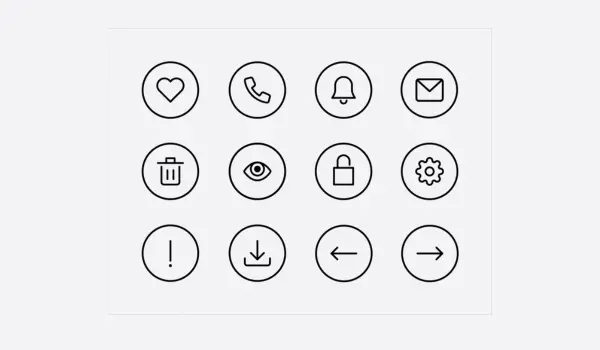
- Buttons: Animated buttons that provide visual feedback when clicked or hovered over.
Explanatory Animations:
- Tutorials: Animated tutorials that guide users through complex processes or features.
- Infographics: Animated infographics that present data or information in a visually appealing way.
- Product demos: Animated product demos that showcase the features and benefits of a product or service.
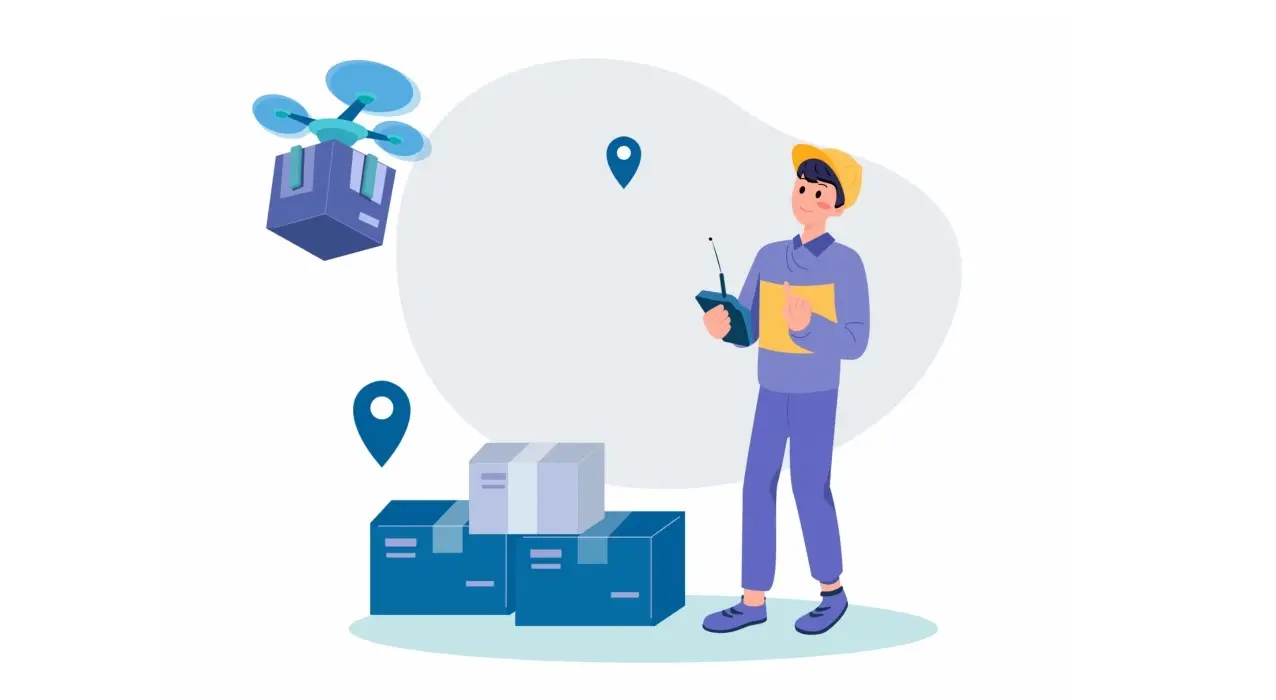
Marketing Animations:
- Social media ads: Animated ads that capture attention and drive engagement.
- Website banners: Animated banners that promote products or services.
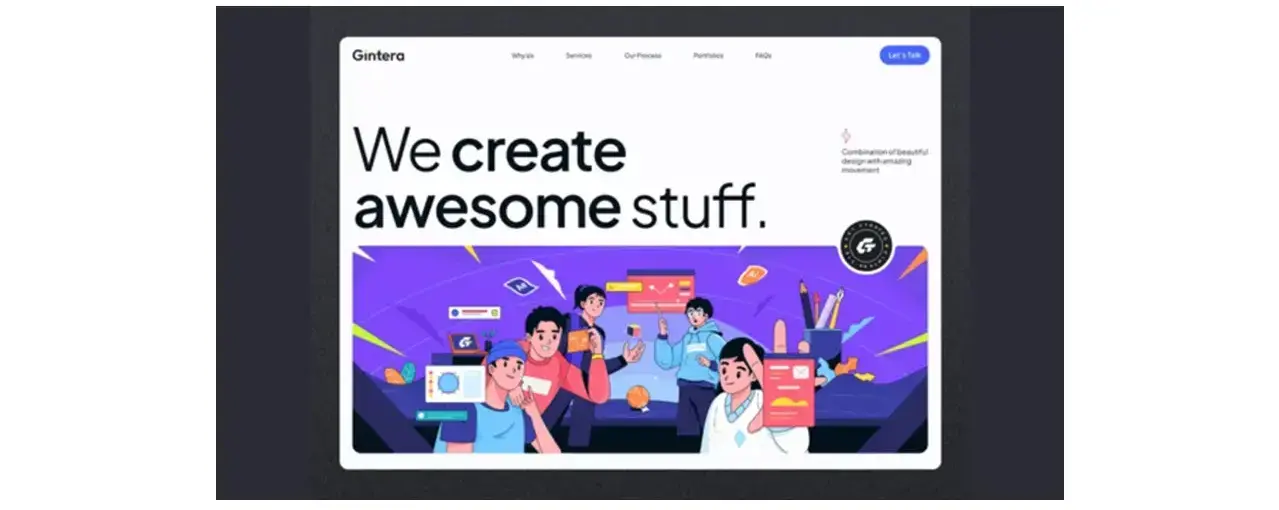
- Email marketing: Animated elements in emails that increase open rates and click-through rates.
Entertainment Animations:
- Game animations: Animated effects and characters in games.
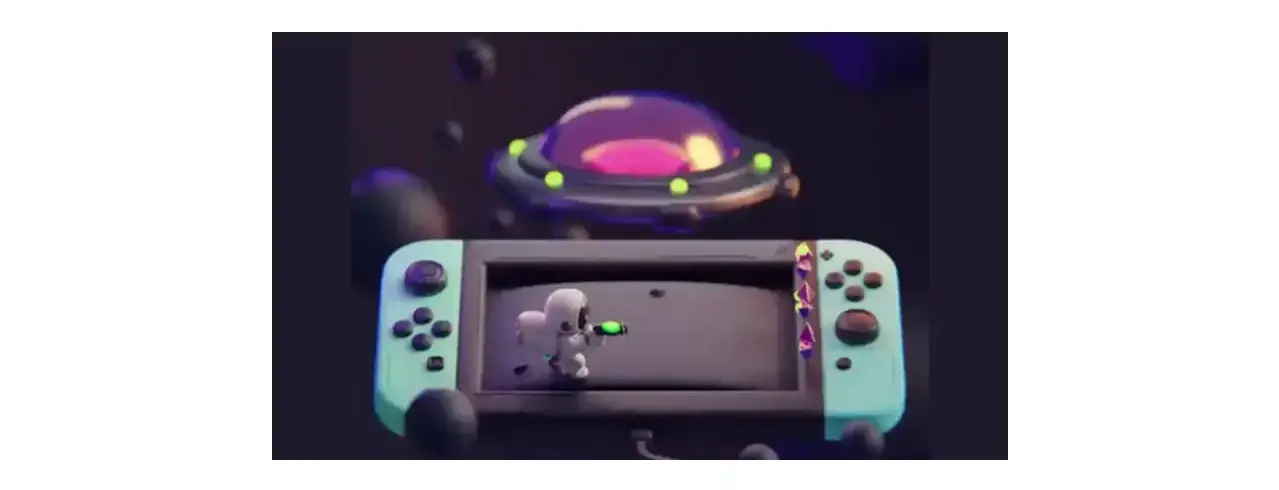
- Music videos: Animated music videos that tell a story or create a visual experience. Short films: Animated short films that entertain and engage viewers.
Branding Animations:
- Logo animations: Animated logos that create a memorable brand identity.

- Brand mascots: Animated mascots that represent a brand and connect with customers.
Conclusion
Lottie animations offer a dynamic and engaging way to enhance user experiences. They can be easily integrated into various platforms, making them a versatile choice for designers and developers. To create a Lottie animation, you first need to design the animation, then create it in Adobe After Effects or a similar tool. Finally, you can export the animation as a Lottie JSON file and integrate it into your project.
When creating Lottie animations, it's important to keep them simple, optimize them for performance, and test them across different devices. Additionally, consider accessibility and take advantage of Lottie's features to create more dynamic and engaging animations. By following these guidelines, you can create high-quality Lottie animations that enhance your projects and captivate your audience.
Frequently Asked Questions
What is the glassmorphic effect in UI design trends?
The glassmorphic effect is a UI design trend that utilizes semi-transparent backgrounds, resembling virtual glass, to create a sense of depth and dimensionality in web design.
How do I choose a design for my website?
One of the most important things when creating a website for your art is the design. Even though your pieces of art might be amazing, people will leave if your site is hard to navigate. This is why it’s important that the site is easy on the eyes and easy to navigate.
How do AI web design tools enhance the creative process for professional designers?
AI web design tools automate repetitive tasks, analyze user data for insights, and suggest web design ideas, allowing designers to focus on more complex and creative aspects of site design.
Will AI replace web developers and web designers in the website development industry?
No, AI is unlikely to replace web developers and designers. Instead, it automates routine web development tasks, allowing professionals to focus on more complex and creative aspects of website creation.
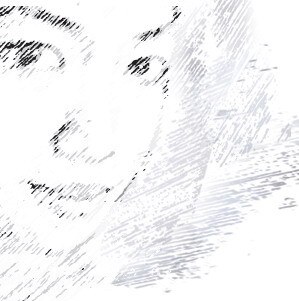
Audee Mirza is a graphic designer and WordPress developer at audeemirza.com who resides in Surabaya, Indonesia. She's also the author of Graphic Identity Blog, a professional logo designer, and often creates vector illustrations for clients and marketplaces. She enjoys good typography design and all kinds of animation.
View all posts by Audee Mirza















